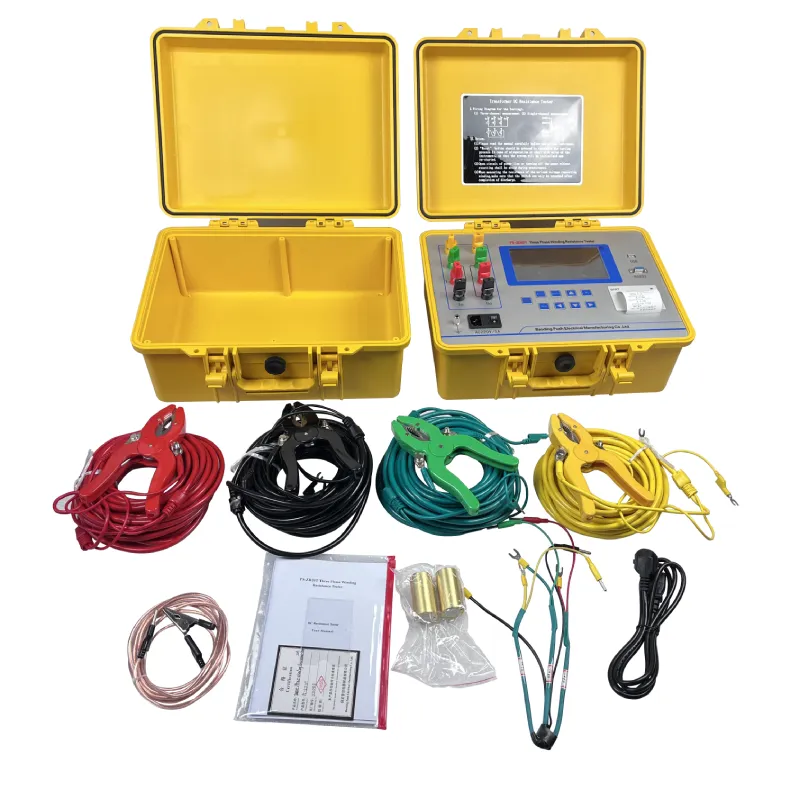 English
English



-
 Afrikaans
Afrikaans -
 Albanian
Albanian -
 Amharic
Amharic -
 Arabic
Arabic -
 Armenian
Armenian -
 Azerbaijani
Azerbaijani -
 Basque
Basque -
 Belarusian
Belarusian -
 Bengali
Bengali -
 Bosnian
Bosnian -
 Bulgarian
Bulgarian -
 Catalan
Catalan -
 Cebuano
Cebuano -
 China
China -
 China (Taiwan)
China (Taiwan) -
 Corsican
Corsican -
 Croatian
Croatian -
 Czech
Czech -
 Danish
Danish -
 Dutch
Dutch -
 English
English -
 Esperanto
Esperanto -
 Estonian
Estonian -
 Finnish
Finnish -
 French
French -
 Frisian
Frisian -
 Galician
Galician -
 Georgian
Georgian -
 German
German -
 Greek
Greek -
 Gujarati
Gujarati -
 Haitian Creole
Haitian Creole -
 hausa
hausa -
 hawaiian
hawaiian -
 Hebrew
Hebrew -
 Hindi
Hindi -
 Miao
Miao -
 Hungarian
Hungarian -
 Icelandic
Icelandic -
 igbo
igbo -
 Indonesian
Indonesian -
 irish
irish -
 Italian
Italian -
 Japanese
Japanese -
 Javanese
Javanese -
 Kannada
Kannada -
 kazakh
kazakh -
 Khmer
Khmer -
 Rwandese
Rwandese -
 Korean
Korean -
 Kurdish
Kurdish -
 Kyrgyz
Kyrgyz -
 Lao
Lao -
 Latin
Latin -
 Latvian
Latvian -
 Lithuanian
Lithuanian -
 Luxembourgish
Luxembourgish -
 Macedonian
Macedonian -
 Malgashi
Malgashi -
 Malay
Malay -
 Malayalam
Malayalam -
 Maltese
Maltese -
 Maori
Maori -
 Marathi
Marathi -
 Mongolian
Mongolian -
 Myanmar
Myanmar -
 Nepali
Nepali -
 Norwegian
Norwegian -
 Norwegian
Norwegian -
 Occitan
Occitan -
 Pashto
Pashto -
 Persian
Persian -
 Polish
Polish -
 Portuguese
Portuguese -
 Punjabi
Punjabi -
 Romanian
Romanian -
 Russian
Russian -
 Samoan
Samoan -
 Scottish Gaelic
Scottish Gaelic -
 Serbian
Serbian -
 Sesotho
Sesotho -
 Shona
Shona -
 Sindhi
Sindhi -
 Sinhala
Sinhala -
 Slovak
Slovak -
 Slovenian
Slovenian -
 Somali
Somali -
 Spanish
Spanish -
 Sundanese
Sundanese -
 Swahili
Swahili -
 Swedish
Swedish -
 Tagalog
Tagalog -
 Tajik
Tajik -
 Tamil
Tamil -
 Tatar
Tatar -
 Telugu
Telugu -
 Thai
Thai -
 Turkish
Turkish -
 Turkmen
Turkmen -
 Ukrainian
Ukrainian -
 Urdu
Urdu -
 Uighur
Uighur -
 Uzbek
Uzbek -
 Vietnamese
Vietnamese -
 Welsh
Welsh -
 Bantu
Bantu -
 Yiddish
Yiddish -
 Yoruba
Yoruba -
 Zulu
Zulu
test carried out on transformer
Testing Carried Out on Transformers Ensuring Reliability and Efficiency
Transformers are essential components in electrical power systems, playing a critical role in voltage regulation and electrical energy distribution. Given their importance, rigorous testing of transformers is paramount to ensure their reliability, efficiency, and safety. This article explores the various tests carried out on transformers, highlighting the significance of each test in safeguarding the performance and longevity of these vital devices.
One of the most fundamental tests performed on transformers is the insulation resistance test. This test measures the insulation's ability to prevent electrical leakage, which can lead to failures or even catastrophic accidents. Insulation deterioration can occur due to age, environmental conditions, and operational stress. By measuring the insulation resistance, engineers can assess the health of the transformer’s insulation system and identify potential issues before they escalate.
Testing Carried Out on Transformers Ensuring Reliability and Efficiency
The turns ratio test is also a fundamental part of transformer testing. It verifies that the transformer can correctly transform the primary voltage to the secondary voltage. By comparing the number of turns in the primary and secondary windings, engineers can confirm that the transformer is functioning as designed. A faulty turns ratio can lead to voltage imbalances, affecting the performance of connected loads and potentially leading to equipment damage.
test carried out on transformer

Power factor testing is another indispensable procedure. This test assesses the quality of the insulation and the presence of any capacitance in the windings. A low power factor can indicate insulation deterioration or moisture ingress, which can compromise transformer operation. Regular power factor testing helps identify potential problems early, allowing for timely corrective actions.
Thermal imaging has also become a valuable tool in transformer testing. By using infrared cameras, engineers can visualize hot spots in the transformer, which may indicate issues such as loose connections or overloads. Identifying these hot spots before they lead to failures can significantly enhance the reliability of transformers and reduce downtime.
Additionally, transformer testing often includes frequency response analysis (FRA). This sophisticated technique measures the response of the transformer to various frequencies, helping to identify faults such as winding deformation or core damage. FRA is particularly useful in assessing the condition of transformers that have been in service for extended periods.
Finally, the short-circuit and open-circuit tests are conducted to evaluate the transformer’s performance under different loading conditions. The short-circuit test helps determine the transformer’s impedance and short-circuit current, while the open-circuit test provides insights into the no-load losses and magnetizing characteristics. Both tests are critical for understanding how the transformer will perform under operational conditions.
In conclusion, testing carried out on transformers is vital for ensuring their reliability, efficiency, and longevity. Through a combination of insulation resistance tests, winding resistance tests, turns ratio assessments, power factor evaluations, thermal imaging, frequency response analysis, and load performance tests, engineers can identify potential issues early and implement corrective measures. These practices not only enhance the performance of individual transformers but also contribute to the overall stability and efficiency of electrical power systems. As demand for reliable power continues to grow, rigorous testing remains an indispensable part of transformer maintenance and management.
-
Testing Equipment Industry Sees Major Advancements in 2025: Smart & Precision Technologies Lead the WayNewsJun.06,2025
-
Applications of Direct Current Generators in Renewable Energy SystemsNewsJun.05,2025
-
Hipot Tester Calibration and Accuracy GuidelinesNewsJun.05,2025
-
Digital Circuit Breaker Analyzer Features and BenefitsNewsJun.05,2025
-
Benefits of Real-Time Power Quality Monitoring Devices for Industrial EfficiencyNewsJun.05,2025
-
Earth Fault Loop Testing in High-Rise Building Electrical SystemsNewsJun.05,2025



